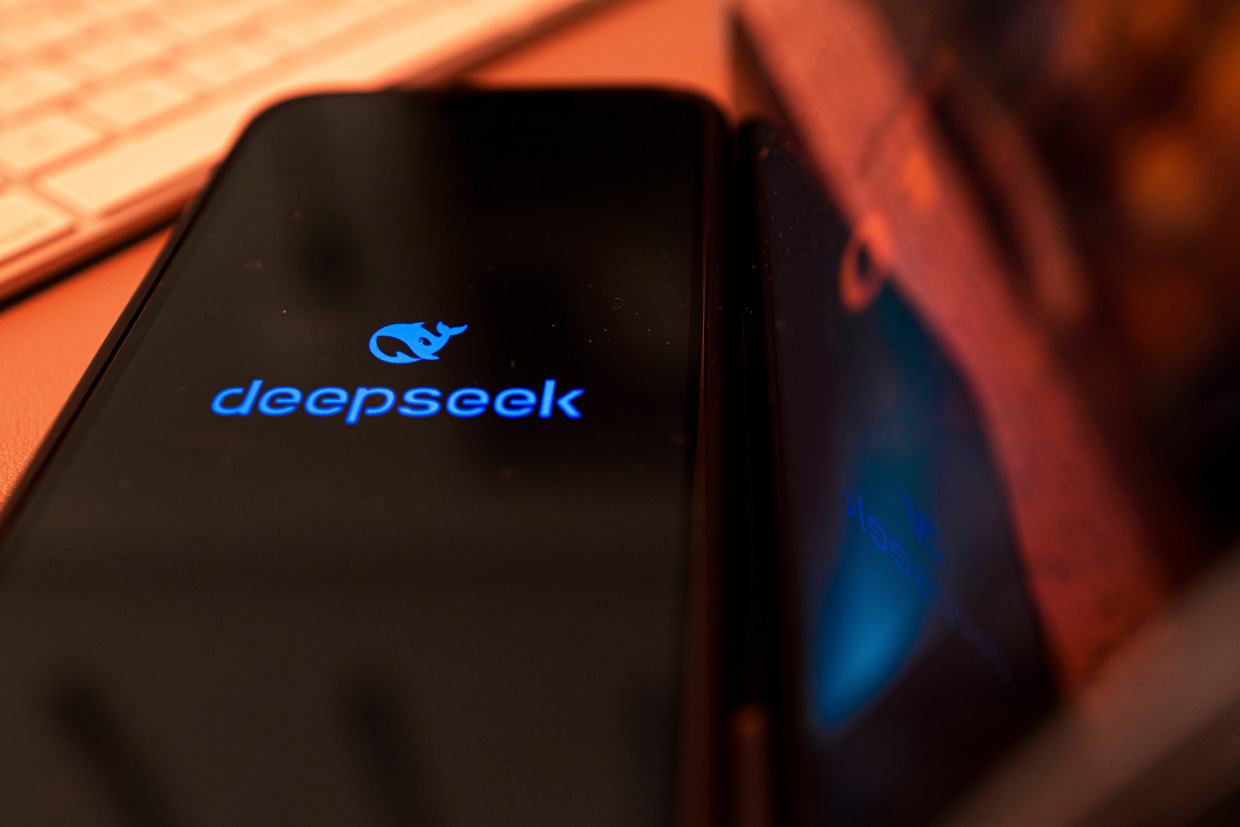
It's been a number of days because DeepSeek, a Chinese expert system (AI) company, rocked the world and global markets, sending out American tech titans into a tizzy with its claim that it has built its chatbot at a tiny portion of the expense and energy-draining data centres that are so popular in the US. Where companies are pouring billions into transcending to the next wave of expert system.
DeepSeek is everywhere right now on social media and is a burning topic of conversation in every power circle in the world.

So, what do we understand now?
DeepSeek was a side task of a Chinese quant hedge fund firm called High-Flyer. Its expense is not just 100 times cheaper but 200 times! It is open-sourced in the real significance of the term. Many American business attempt to fix this problem horizontally by developing larger data centres. The Chinese firms are innovating vertically, utilizing new mathematical and engineering approaches.
DeepSeek has now gone viral and is topping the App Store charts, having beaten out the previously undeniable king-ChatGPT.
So how precisely did DeepSeek manage to do this?

Aside from less expensive training, not doing RLHF (Reinforcement Learning From Human Feedback, a maker learning method that utilizes human feedback to improve), quantisation, and caching, where is the decrease coming from?
Is this because DeepSeek-R1, a general-purpose AI system, isn't quantised? Is it subsidised? Or is OpenAI/Anthropic just charging too much? There are a few fundamental architectural points compounded together for substantial cost savings.
The MoE-Mixture of Experts, lespoetesbizarres.free.fr a machine learning technique where multiple expert networks or students are used to break up an issue into homogenous parts.
MLA-Multi-Head Latent Attention, most likely DeepSeek's most critical innovation, to make LLMs more efficient.
FP8-Floating-point-8-bit, a data format that can be utilized for training and inference in AI designs.
Multi-fibre Termination Push-on ports.
Caching, a process that shops several copies of data or files in a temporary storage location-or cache-so they can be accessed much faster.
Cheap electricity
Cheaper supplies and expenses in general in China.

DeepSeek has actually also mentioned that it had actually priced previously variations to make a little profit. Anthropic and drapia.org OpenAI were able to charge a premium considering that they have the best-performing designs. Their consumers are likewise mainly Western markets, which are more wealthy and can manage to pay more. It is likewise essential to not underestimate China's objectives. Chinese are understood to offer products at very low costs in order to compromise competitors. We have formerly seen them offering items at a loss for 3-5 years in industries such as solar power and electrical vehicles until they have the market to themselves and can race ahead technically.
However, we can not afford to reject the reality that DeepSeek has actually been made at a less expensive rate while utilizing much less electrical energy. So, what did DeepSeek do that went so ideal?

It optimised smarter by showing that extraordinary software can get rid of any hardware constraints. Its engineers made sure that they focused on low-level code optimisation to make memory use efficient. These enhancements made certain that performance was not hindered by chip limitations.
It trained only the essential parts by using a technique called Auxiliary Loss Free Load Balancing, which made sure that only the most appropriate parts of the design were active and updated. Conventional training of AI designs generally includes upgrading every part, consisting of the parts that don't have much contribution. This results in a substantial waste of resources. This resulted in a 95 per cent reduction in GPU use as compared to other tech huge companies such as Meta.
DeepSeek utilized an ingenious strategy called Low Rank Key Value (KV) Joint Compression to conquer the obstacle of inference when it pertains to running AI designs, which is extremely memory extensive and disgaeawiki.info very expensive. The KV cache shops key-value sets that are necessary for attention systems, which consume a great deal of memory. DeepSeek has found an option to compressing these key-value sets, utilizing much less memory storage.
And now we circle back to the most crucial element, DeepSeek's R1. With R1, DeepSeek basically split among the holy grails of AI, which is getting models to reason step-by-step without relying on massive monitored datasets. The DeepSeek-R1-Zero experiment showed the world something extraordinary. Using pure support learning with thoroughly crafted reward functions, DeepSeek managed to get models to develop sophisticated thinking capabilities entirely autonomously. This wasn't simply for troubleshooting or problem-solving; rather, the design naturally learnt to produce long chains of idea, self-verify its work, and designate more computation issues to tougher issues.

Is this an innovation fluke? Nope. In reality, DeepSeek might simply be the primer in this story with news of several other Chinese AI designs turning up to give Silicon Valley a jolt. Minimax and Qwen, both backed by Alibaba and Tencent, are a few of the prominent names that are promising big modifications in the AI world. The word on the street is: America developed and keeps structure bigger and larger air balloons while China just developed an aeroplane!
The author yogaasanas.science is an independent journalist and functions writer based out of Delhi. Her primary locations of focus are politics, scientific-programs.science social problems, environment modification and lifestyle-related topics. Views revealed in the above piece are personal and solely those of the author. They do not necessarily reflect Firstpost's views.








